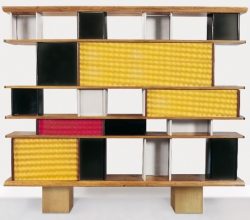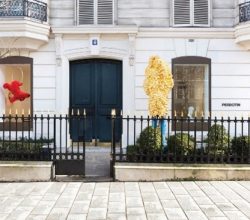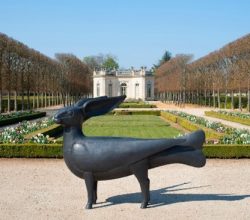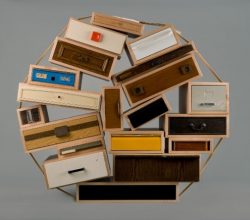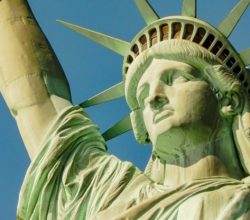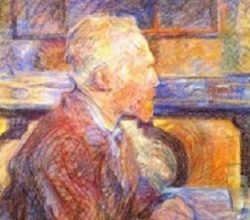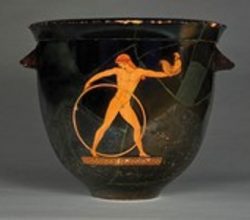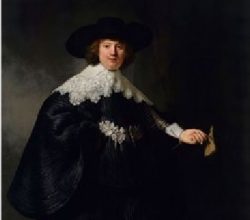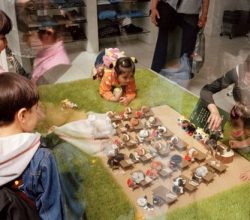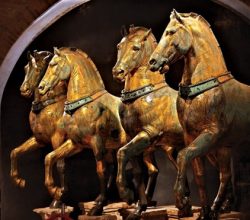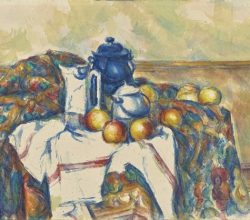
Want to go deep inside a great artist’s mind? MoMA’s Cézanne exhibition is the one to see this summer
Sebastian Smee | The Washington Post | 15th June 2021
This “staggeringly beautiful” show highlights Cezanne’s “weird” experiments in composition. He wanted a way of using “color and rhythm” to give an image stability and order, qualities he felt the Impressionist’s work lacked. If expressing a “logic of organized sensations” meant sacrificing legibility, then fine. His focus was to “re-create the structure of experience out of the units of that experience”. And the result of these weird, abstract labours … the foundations of modern art.

